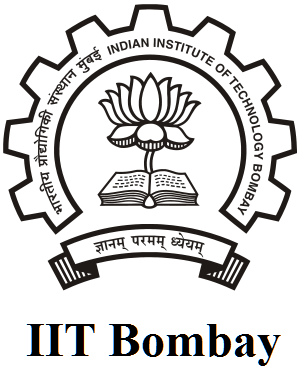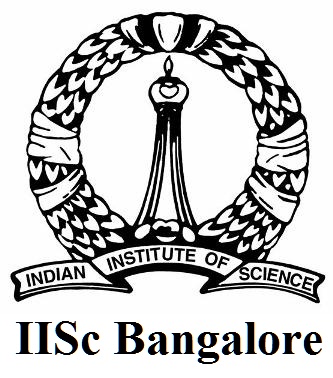Iven Mareels
 Title: Grid Futures: The View from the Last Mile
Title: Grid Futures: The View from the Last Mile
Abstract: It is perhaps surprising that the original ideas underpinning the very first AC grids of the early 20th century still define the grid today. Typical electricity grids connect a few large power sources at discrete locations through the transmission grid to a large number of spatially dispersed consumers. In such a grid, demand is king in that the consumers can determine how much power they use. It follows that the power supply must follow the demand. The control problem in these grids is one of maintaining the voltages at the prescribed levels (quality of service), whilst delivering the power as requested by the consumers.
Today, this paradigm is being questioned.
- More and more solar power (solar thermal, wind or solar photovoltaic (PV)) derived electrical power is being deployed. These power sources are rather different compared to classical thermal power stations, as they have a far lower power intensity per square meter of installation, are spatially dispersed, and suffer from uncontrollable temporal variations in power supply.
- For a variety of reasons, in well-established grids, peak-to-base power demand is increasing. This makes the transmission grid, which by necessity must cater for peak demand, economically less attractive.
At the same time, new technologies provide opportunities to address these challenges.
- So-called smart metering is being deployed; it is entirely feasible to consider the grid as an intelligent, interconnected, infrastructure or an internet-of-things infrastructure.
- Transport is becoming more electrified, with electric vehicles (EV) entering the light vehicle market.
- Battery energy storage at scale is becoming an economically realistic proposition.
In this presentation we consider how in the last mile of the grid (the low voltage distribution network) demand and supply may be coordinated through a power matching strategy that respects the physical infrastructure’s operational limits. We ask how much more PVs and EVs can be allowed in such a grid, as compared to the classically managed case. The preferred management strategy is a distributed, receding horizon optimized demand-supply coordination that satisfies consumers’ energy needs.
Much of our experience, and the data used in the presentation, are Australia specific. Nevertheless, we will consider scenarios applicable to both high population density urban living as well as semi-rural, and rural circumstances, inclusive of some remarks around the management of micro-grids that may evolve as demand requires.
The talk will conclude with some observations about the socio-economic and political dimensions of a grid infrastructure supplied by renewable power sources. Non-trivial national regulatory reform is required in Australia, but such reform is insignificant when compared with the trans-national and trans-regional cooperation that is essential to achieve equitable world-wide access to renewable power.
Speaker: Iven Mareels
Since July 2007, Iven Mareels is Dean of the School of Engineering, the University of Melbourne. He obtained the (ir) Masters of Electromechanical Engineering from Gent University Belgium in 1982 and the PhD in Systems Engineering from the Australian National University in 1987. He became Professor of Electrical Engineering at the University of Melbourne in 1996, and held appointments at the Australian National University (1990-1996), the University of Newcastle (1988-1990) and the University of Gent (1986-1988). He is an honorary Professor at the National University of Defence Technology, China; and Shanghai Jiao Tong University, China, and Taylor’s University Malaysia. In 2013 he was the recipient of the The Asian Control Association Wook Hyun Kwon Education Award. He received the 2008 Clunies Ross Medal, Academy of Technological Sciences and Engineering for his work on Smart Irrigation Systems and in 2007 the inaugural Vice-Chancellor’s Knowledge Transfer Excellence Award, from the University of Melbourne, for this same work with Rubicon Systems Australia. In 2005, he was named IEEE CSS Distinguished Lecturer, and in 1994 he obtained the Vice-Chancellor’s Award for Excellence in Teaching from the Australian National University.He is Fellow of the Academy of Technological Sciences and Engineering, Australia, a Fellow of the Institute of Electrical and Electronics Engineers (USA), a Fellow of the Institute of Engineers Australia and a Foreign Member of the Royal Flemish Academy of Belgium for Science and the Arts (KVAB).He received two civil honours for his work in engineering education and research, in 2013 he became a Commander in the Order of the Crown (Belgium), and in 2003 he received the Centenary Medal (Australia).He is registered as a Corporate Professional Engineer and he is a member of the Engineering Executives chapter of Engineers Australia. He is a founding member of the Asian Control Association.He is a Member of the Board of the Bionics Institute (since 1998), a Member of the Steering Committee for the Centre for Neural Engineering (since 2009) as well as a Member of the Steering Committee for the Melbourne based IBM Research Laboratory. He is a Life Advisor to the International Federation of Automatic Control.He has extensive experience in consulting for both industry and government. He has strong interests in education and has taught a broad range of subjects in both mechanical and electrical engineering curricula.His research interest focuses on the modelling and control of large scale systems, both engineered as well as natural systems, such as large scale water networks, smart grids and the brain (healthy and epileptic). He has a particular interest in adaptive or learning systems. He has published 5 books, in excess of 120 journal publications and 230 conference publications. He is a co-inventor of a portfolio of international patents dealing with open water channel management.









